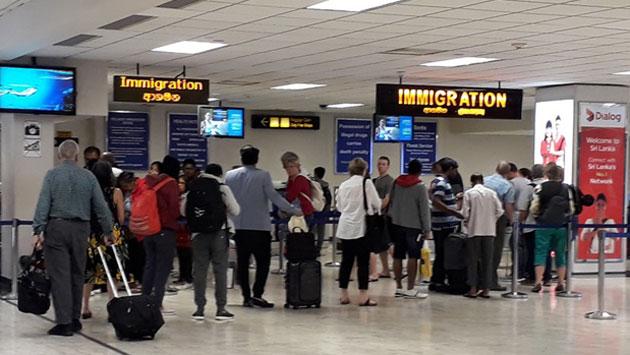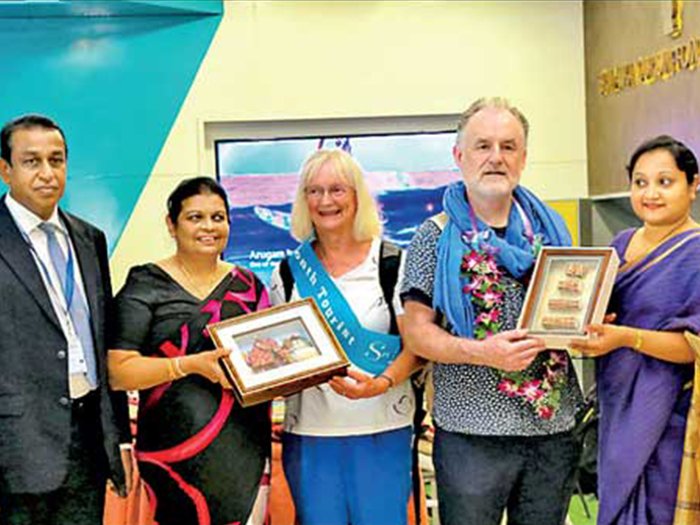
Sri Lanka’s ‘Ni Hao Zhong Guo’ Initiative Aims for Million Chinese Tourists
Sri Lanka's 'Ni Hao Zhong Guo' program seeks to attract a million Chinese tourists, boosting tourism and cultural exchange between Sri Lanka and China.
Sri Lanka is actively pursuing strategies to attract one million Chinese tourists by 2025 through the ‘Ni Hao Zhong Guo’ program, seizing the opportunity presented by its recognition as one of China’s top 20 tourist destinations. Discussions and initiatives are underway to substantially boost tourist arrivals, with the goal of securing a financial benefit of Rs.225 billion, as stated by Sri Lanka Tourism Development Authority (SLTDA) Chairman Priantha Fernando.
The inaugural group of Chinese tourists under the Ni Hao Zhong Guo program is anticipated to visit Sri Lanka between January and February 2024. A comprehensive roadmap has been outlined, and Sri Lanka Tourism officials are set to visit China shortly to finalize the planned activities.
Collaboration between the Social Empowerment State Ministry and Chinese counterparts is focused on developing the Ni Hao Zhong Guo Smart Tourist Service System, tailored for high-profile Chinese tourists. The program serves as a platform to encourage tourism activities based on the Chinese Renminbi (RMB).
A pivotal element of the program involves launching a dedicated Sri Lanka-Maldives itinerary for Chinese tourists, a strategic move to boost tourist numbers. The roadmap underscores the importance of close collaboration between tour operators from both nations, essential for creating a seamless experience for tourists from the initial planning stages through their return home.
Acknowledging the need for a Chinese-friendly environment to meet the preferences of Chinese tourists, efforts are directed toward having hotels/resorts either owned, built, purchased, or leased by Chinese investors. Joint ventures between Chinese and Sri Lankan hotels are also encouraged.
The roadmap emphasizes deploying Chinese guides at key points within Sri Lankan airports, including immigration and customs areas, currency exchanges, and mobile communication service centers. Additionally, ensuring descriptive documents are available in Chinese and introducing QR code facilities for a streamlined, paperless experience for tourists, hotels, and tour facilitators are key highlights of the proposed plan.
Despite these initiatives, concerns persist regarding seat capacities between the two countries, a challenge that requires further attention. The Sri Lanka Tourism Development Authority remains optimistic about the program’s potential to significantly enhance Chinese tourist arrivals and strengthen bilateral ties.
This information has been provided by HT Digital Content Services and is published with permission from Daily Mirror Sri Lanka.

Distributed by SyndiGate Media Inc
More News


Warm welcome for 1 millionth tourist for 2024

Sri Lanka among Forbes’ top three must-visit destinations for summer ’24

